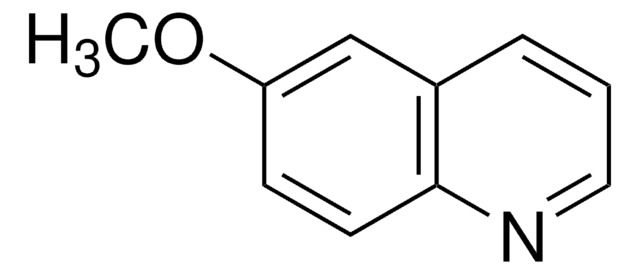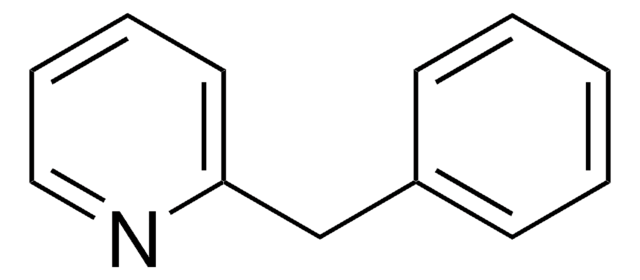299650
2-Phenylquinoline
99%
Iniciar sesiónpara Ver la Fijación de precios por contrato y de la organización
About This Item
Fórmula empírica (notación de Hill):
C15H11N
Número de CAS:
Peso molecular:
205.25
Número CE:
Número MDL:
Código UNSPSC:
12352100
ID de la sustancia en PubChem:
NACRES:
NA.22
Productos recomendados
Nivel de calidad
Ensayo
99%
mp
84-85 °C (lit.)
grupo funcional
phenyl
cadena SMILES
c1ccc(cc1)-c2ccc3ccccc3n2
InChI
1S/C15H11N/c1-2-6-12(7-3-1)15-11-10-13-8-4-5-9-14(13)16-15/h1-11H
Clave InChI
FSEXLNMNADBYJU-UHFFFAOYSA-N
Información sobre el gen
rat ... Grin2b(24410)
Categorías relacionadas
Descripción general
2-Phenylquinoline is the major quinoline alkaloid of Galipea iongiflora, a Bolivian plant used as treatment for cutaneous leishmaniasis. Antinociceptive properties of 2-phenylquinoline isolated from the bark of Galipea iongiflora against different models of pain in mice were evaluated.
Aplicación
2-Phenylquinoline was used in quantitative structure-activity relationship (QSAR) analyses of estrogen receptor β-selective ligands.
Palabra de señalización
Warning
Frases de peligro
Consejos de prudencia
Clasificaciones de peligro
Eye Irrit. 2 - Skin Irrit. 2 - STOT SE 3
Órganos de actuación
Respiratory system
Código de clase de almacenamiento
11 - Combustible Solids
Clase de riesgo para el agua (WGK)
WGK 3
Punto de inflamabilidad (°F)
Not applicable
Punto de inflamabilidad (°C)
Not applicable
Equipo de protección personal
dust mask type N95 (US), Eyeshields, Gloves
Elija entre una de las versiones más recientes:
¿Ya tiene este producto?
Encuentre la documentación para los productos que ha comprado recientemente en la Biblioteca de documentos.
Los clientes también vieron
F Campos-Buzzi et al.
Methods and findings in experimental and clinical pharmacology, 32(10), 707-711 (2011-01-13)
The present study evaluated the antinociceptive properties of an alkaloid extract and 2-phenylquinoline obtained from the bark of Galipea longiflora Krause (Rutaceae) against different models of pain in mice. The results demonstrate that the alkaloid extract caused a pronounced antinociceptive
A Fournet et al.
Antimicrobial agents and chemotherapy, 40(11), 2447-2451 (1996-11-01)
The antileishmanial efficacies of 2-n-propylquinoline, chimanines B and D, 2-n-pentylquinoline, 2-phenylquinoline, 2-(3,4-methylenedioxyphenylethyl) quinoline, and two total alkaloidal extracts of Galipea longiflora were evaluated in BALB/c mice infected with Leishmania amazonensis or Leishmania venezuelensis. Animals were treated for 4 to 6
Balaji et al.
Journal of enzyme inhibition and medicinal chemistry, 26(6), 831-842 (2011-03-29)
Estrogen receptor beta (ERβ) selective ligands have attracted much attention recently in the design of anti-cancer drugs that are devoid of the common side effects of estrogen. Structural studies of estrogen receptor alpha (ERα) and β revealed that there were
Mehdi Sharifi-Rad et al.
Molecules (Basel, Switzerland), 23(7) (2018-07-19)
In this narrative review, we have comprehensively reviewed the plant sources used as antiulcer agents. From traditional uses as herbal remedies, we have moved on to preclinical evidence, critically discussing the in vitro and in vivo studies focusing on plant
Hye Jeong Yang et al.
Journal of ethnopharmacology, 208, 84-93 (2017-07-09)
Taraxacum coreanum Nakai has been traditionally used for treating inflammatory diseases including gastrointestinal diseases. We studied whether water extracts of Taraxacum coreanum Nakai (TCN) had a protective effect on acute and chronic gastritis induced by ethanol/HCl in an animal model
Nuestro equipo de científicos tiene experiencia en todas las áreas de investigación: Ciencias de la vida, Ciencia de los materiales, Síntesis química, Cromatografía, Analítica y muchas otras.
Póngase en contacto con el Servicio técnico![Benzo[h]quinoline 97%](/deepweb/assets/sigmaaldrich/product/structures/344/715/928932d2-4ca4-4402-b56c-85a80100ce17/640/928932d2-4ca4-4402-b56c-85a80100ce17.png)
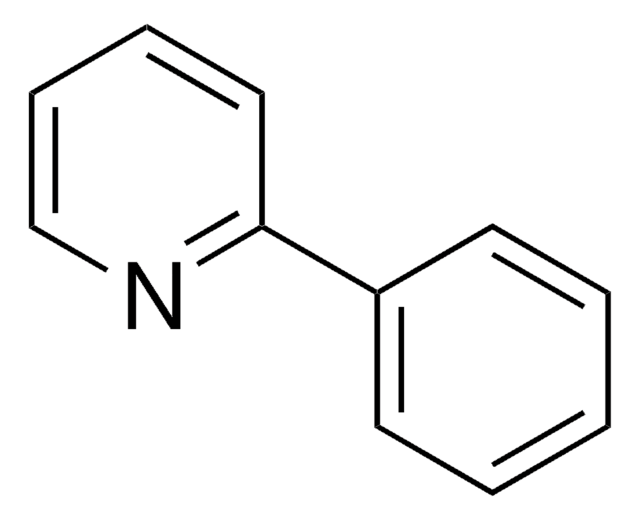
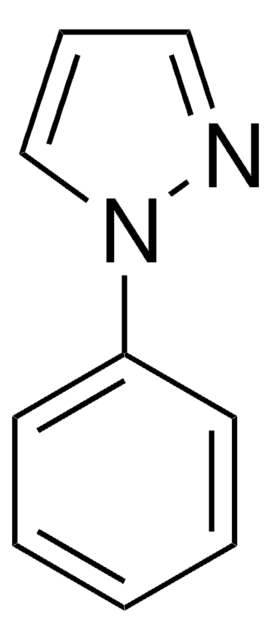

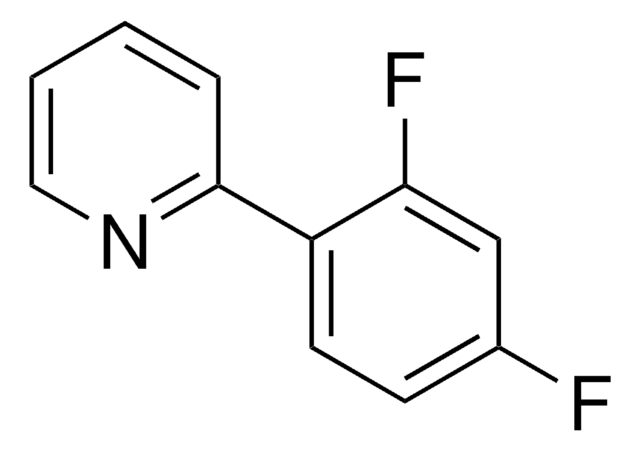
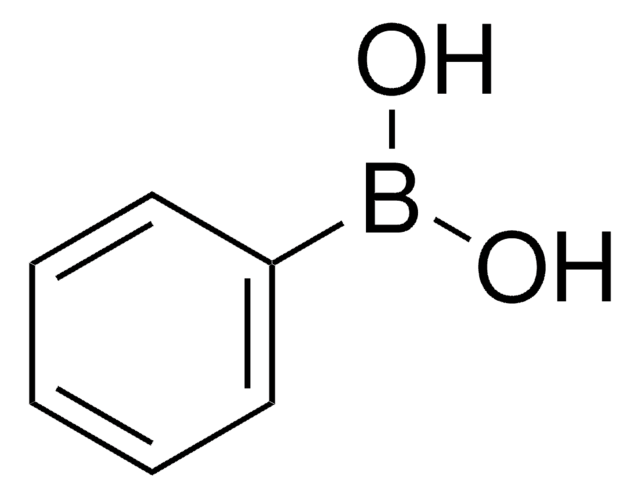
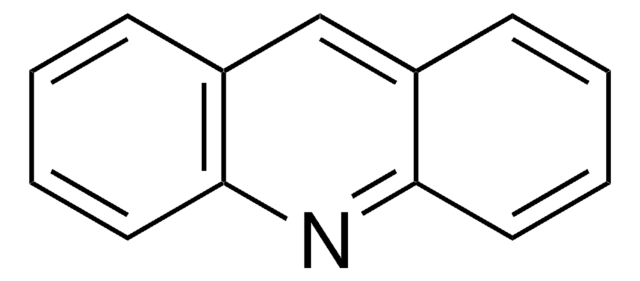
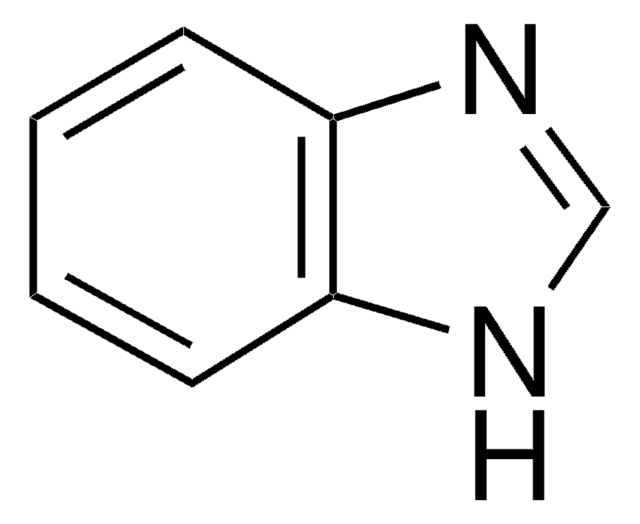

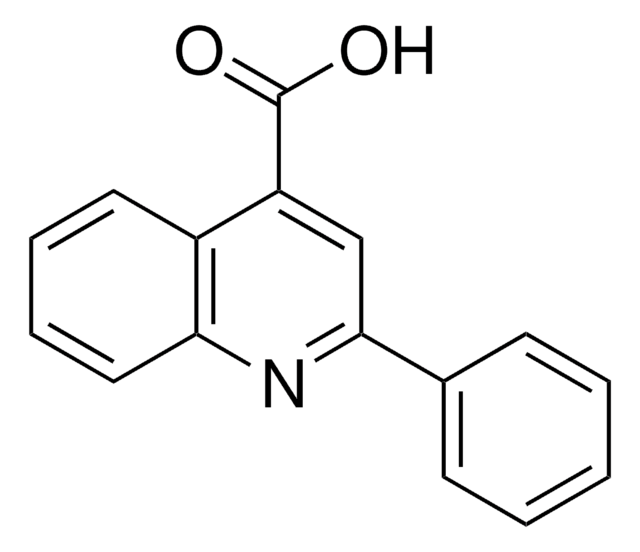


![11H-Benzo[a]carbazole](/deepweb/assets/sigmaaldrich/product/structures/391/065/abfb4cba-81ab-44b8-a816-d8791a903400/640/abfb4cba-81ab-44b8-a816-d8791a903400.png)
